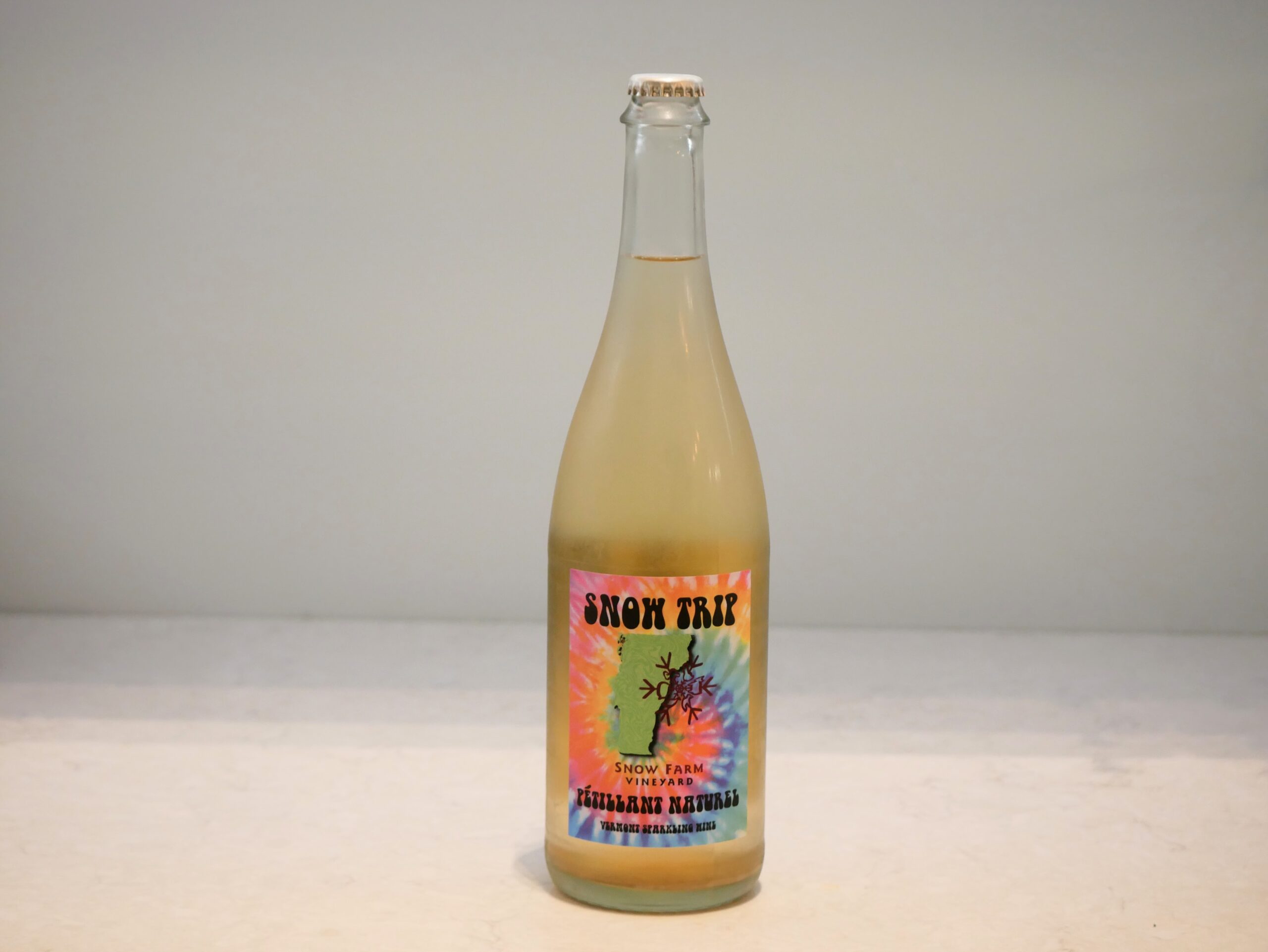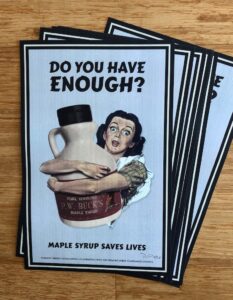Sometimes you just want to drink a nice glass of wine, but the thought of adding extra calories can get in the way of your relaxation. There are plenty of low-calorie wines out there to ease your mind. You’ve probably seen them popping up as skinny wines marketing themselves on their claims to be low-calorie.
But how do these skinny or low-calorie wines compare to the higher-calorie originals, and is there really that much of a difference?
In this post, we’ll examine the calories in skinny, low-calorie wines and compare them to the wines we make here at Snow Farm Vineyard.
How Many Calories Are Typically in Wine?
Most wine on the market has about 100 to 135 calories per 5-ounce glass. Here’s the catch. There is no set definition of low-calorie wine. That means a wine brand can call itself low-calorie without being held to any sort of standard.
At Snow Farm Vineyard, we focus on maximizing the enjoyment, the experience, and the delight that our wines give our customers. We don’t see the need to focus too much on calories when producing our wines and we don’t market our wines that way either. Yet, as you’ll see many of our wines are comparable to wines that call themselves low calorie.
Here is a handy list of calories in some of our popular wines as well as other types of wine (per 5-ounce serving).
Calories in Snow Farm Vineyard Wines
- Pét-nat: 80 calories
- Rosé: 92 calories
- Riesling: 95 calories
- Léon Millot: 96 calories
- Crescent Bay Red: 96 calories
- Baco Noir: 96 calories
- Snow White: 100 calories
- Late Harvest Dessert Wine: 125 calories for 4 oz.*
- Ice Wine: 90 calories for 2 oz.*
*dessert wine is typically enjoyed in smaller servings and is harvested late, so it has more residual sugar.
Calories in Other Common Types of Wine
- Prosecco: 90 calories
- Merlot: 120 calories
- Cabernet Sauvignon: 122 calories
- Pinot Grigio: 122 calories
- Pinot Noir: 121 calories
 Pét-nat and other sparkling wines are naturally low-calorie.
Pét-nat and other sparkling wines are naturally low-calorie.
What Makes a Low-Calorie Wine?
Eighty-five percent of wine is made up of water. The acids in wine don’t contribute much to the calorie content. It’s the alcohol and the residual sugar that create the calories in wine.
Different styles of wine contain a varying number of calories due to sugar and alcohol content, but there is more to it than that.
Dry wines are generally lower calorie. A wine that is 14% alcohol and is dry will have a lot fewer calories than a 14% alcohol wine with a lot of sugar, for example, a port.
At Snow Farm Vineyard, we don’t make low-calorie wine on purpose. We care about making high-quality wine in Northern Vermont, and it just so happens that because of our climate, many of our wines are lower in calories. Hotter climates produce more sugar in the grapes. The sweeter the grapes the more calories in the wine. Grapes grown in the cool climate of Vermont are not overly sweet, have less sugar, and don’t produce as high of an alcohol content as hotter regions.
The alcohol content of our wines tends to be 10.5 to 12 percent, depending on the growing season, which results in lower calories. For comparison, a dry wine from California might have 14% alcohol with some residual sugar and be considered low-calorie, but in Vermont, the same wine would have a much lower calorie content because the grapes have less sugar and lower alcohol.
At Snow Farm Vineyard, whether the wine is white or red doesn’t have a big impact on the calories because our red wines are typically medium-bodied with lower alcohol content than other reds. Heavy-bodied reds, on the other hand, typically have more calories than lighter whites because of the higher alcohol content.

You Have Choices When it Comes to Low-Calorie Wine
At the end of the day, you have options when choosing a low-calorie wine and there are plenty of wines, besides Skinny Girl, that are low-calorie and high quality, and aren’t marketed as low-calorie wines, including many of Snow Farm’s wines!
Alcohol contributes to the body, mouthfeel, and the aromas in wine. When winemakers focus on reducing the alcohol and sugar for the sake of the calories, other important nuances in the wine can be lost.
Wine is meant to be enjoyed and while it can be a good idea to enjoy a dry, low alcohol Prosecco or Riesling to keep the calories in check, it’s also just as good for your soul to indulge in a full-bodied red or a flavorful ice wine and sip in the artistry and care the winemaker put into your glass.




